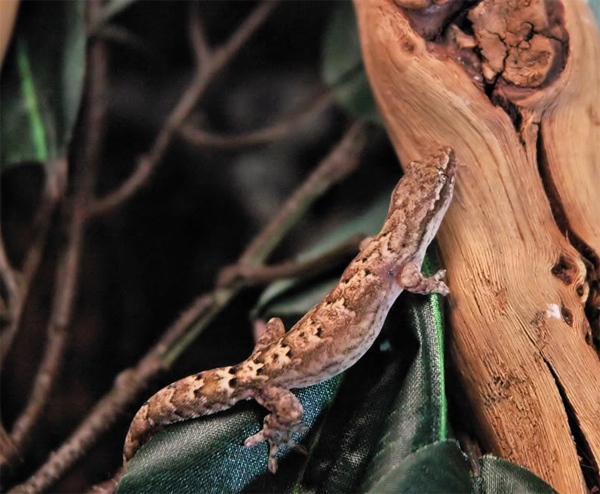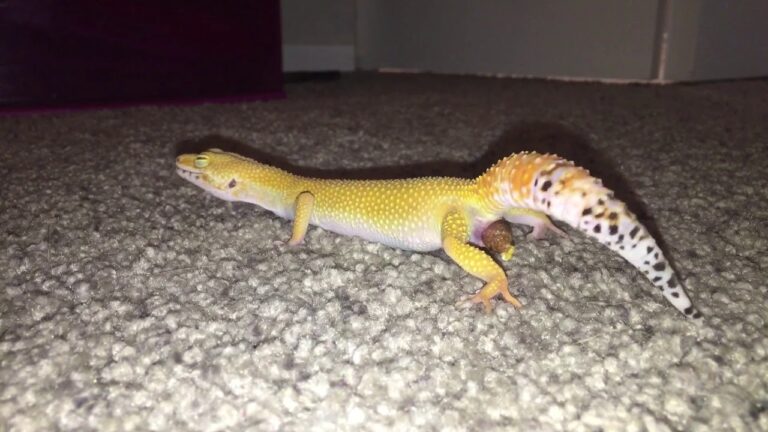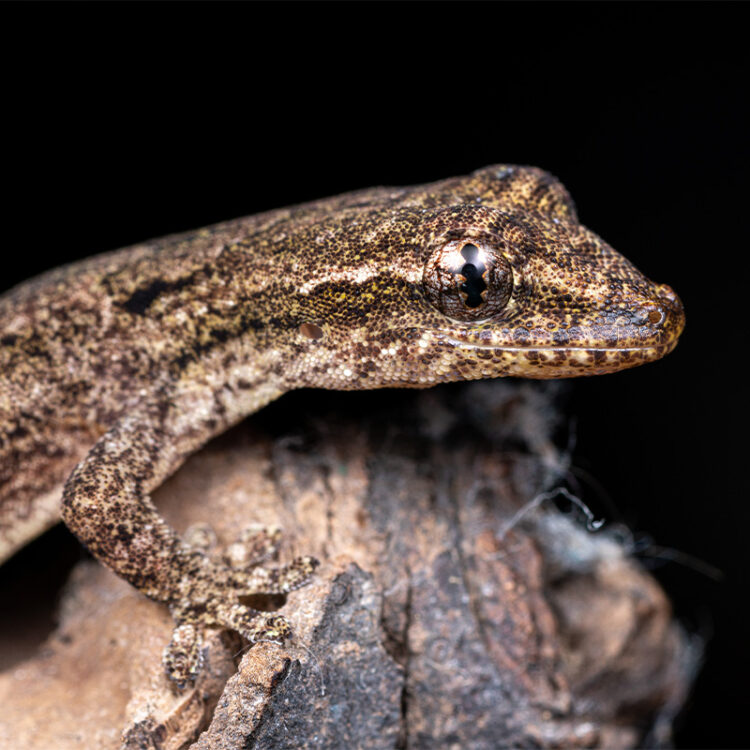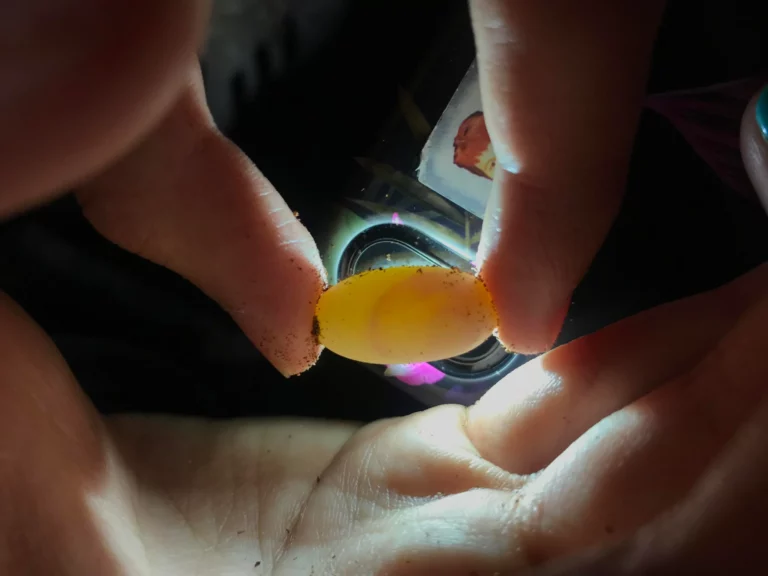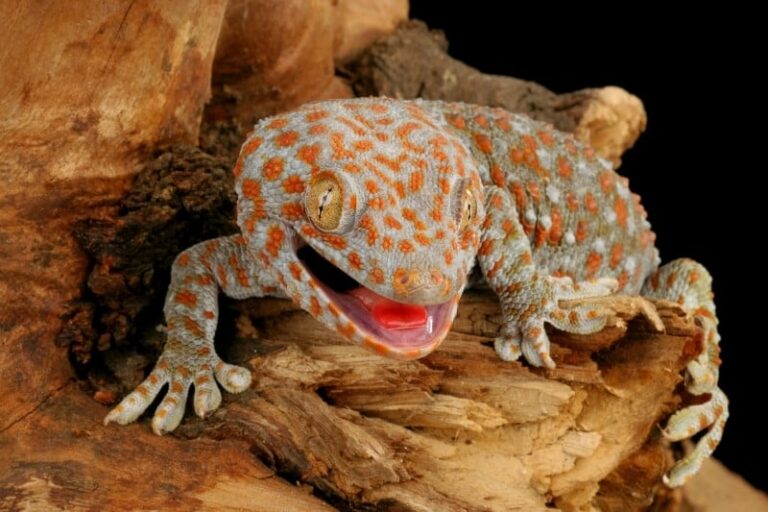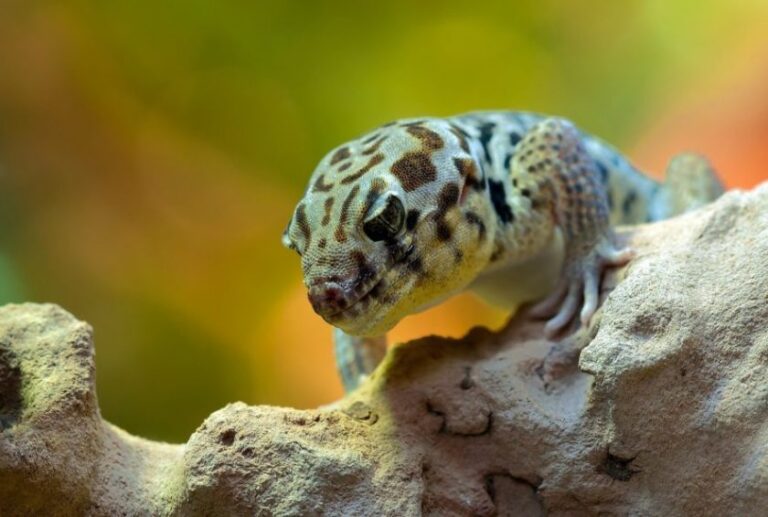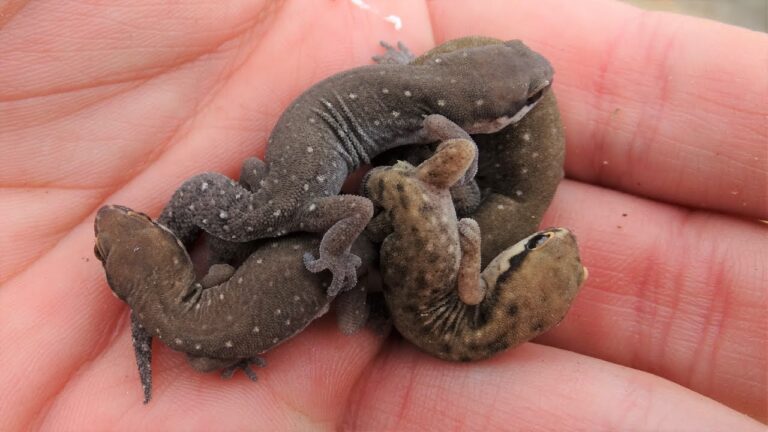Do Mourning Geckos Need Uvb?
As I embarked on my journey into the captivating world of reptile care, the question echoed in my mind: “Do mourning geckos need UVB lighting?”
This query led me down a fascinating path of discovery, where I uncovered the intricate needs of these unique reptiles.
Yes, but they can do fine without UVB lighting, but it’s better for their health if you use it. It helps with their calcium needs and keeps them healthy. So, it’s a good idea to have UVB lighting for them.
Join me on this enlightening journey as we explore the importance of UVB lighting for them and unravel the secrets of providing them with optimal care.
Whether you’re a seasoned reptile enthusiast or a curious newcomer, this exploration promises to shed light on the well-being of these captivating creatures.
What is UVB?
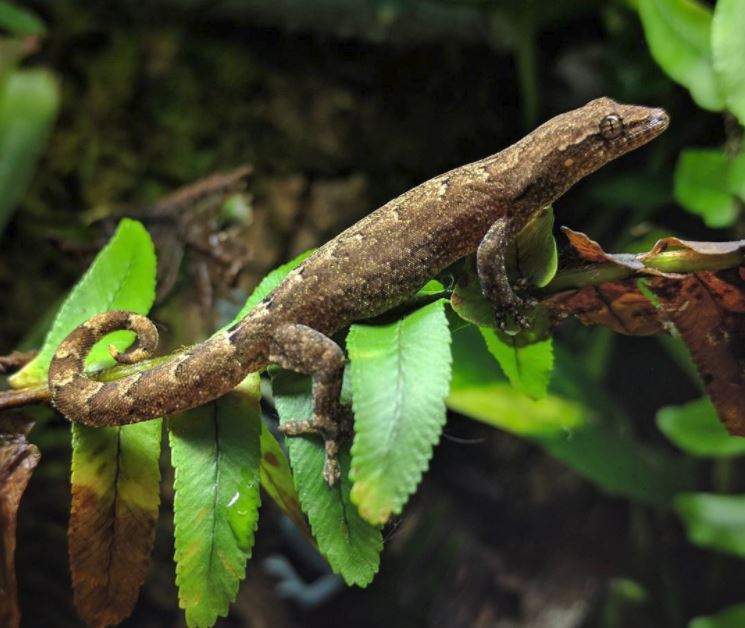
UVB lighting encompasses a category of lighting that emits ultraviolet B radiation, commonly referred to as UVB rays. These rays play a crucial role in the lives of reptiles as they facilitate the synthesis of vitamin D3, a vital component for calcium absorption and the maintenance of strong, healthy bones. The absence of sufficient UVB lighting can lead to the development of metabolic bone disease, a potentially fatal condition in reptiles.
Behavior and Habitat of Mourning Geckos
Mourning geckos, scientifically known as Lepidodactylus lugubris, inhabit various islands in the Indian and Pacific Oceans, notably Madagascar and the Hawaiian Islands. These geckos display nocturnal behavior, actively foraging during the night while seeking refuge from predators and daytime heat by concealing themselves in crevices or beneath foliage. Despite their solitary nature, territorial disputes can lead to aggression among individuals, with their vocalizations, characterized by soft, high-pitched chirping or clicking sounds, playing a role in communication.
One of their most intriguing features is parthenogenesis, allowing females to reproduce without fertilization, resulting in genetically identical female-only populations. Also, are highly adaptable, thriving in urban environments where they capitalize on artificial lighting and abundant insect prey.
Further, their arboreal nature, facilitated by specialized toe pads, enables them to cling to vertical surfaces and move through trees and shrubs. These prefer temperatures between 75°F and 85°F (24°C to 29°C) and require suitable basking spots for thermoregulation. In natural settings, they seek shelter during the day in tree hollows, crevices, and leaf litter, and they lay their eggs in concealed locations, such as under bark or in cavities.
How to set up UVB for mourning geckos
To set up UVB lighting for mourning geckos, who fall under Ferguson Zone 1-2 reptiles, there are a few key considerations. They need a UVI (UV Index) range of 1.0-3.0 in their basking area, which is the warmest part of their enclosure and where they get the most UV exposure.
Because they tend to hang out on the top mesh of their enclosure, including directly under the light, it’s crucial to choose a UVB bulb and fixture that are safe for use at this short distance. This ensures they get the right amount of UVB for their health and calcium needs.
Do Mourning Geckos Need Uvb: Explanation
While they can survive without UVB light with the right supplementation, it’s best to provide them with UVB. UVB helps them produce the necessary vitamin D for proper calcium metabolism, encourages a healthier appetite and activity level, and reduces the risk of metabolic bone disease, which can be surprisingly common among them kept without UVB.
For a 12” x 12” x 18” terrarium, we recommend using a 26w Zoo Med ReptiSun 5.0 Compact Fluorescent UVB bulb. If you have a larger enclosure, you’ll need a larger bulb to ensure adequate coverage.
Ensure the UVB bulb is housed in a reflective fixture and placed near the heat lamp. Remember that UVB doesn’t penetrate glass or plastic, so placing the terrarium in front of an open window won’t provide UVB exposure. Additionally, make sure the UVB fixture doesn’t have a clear plastic bulb cover.
Optimal Habitat Conditions for Mourning Geckos
Mourning geckos, despite some misunderstandings, benefit from having a basking spot in their enclosure. These geckos are ectotherms, which means they rely on external temperatures to regulate their metabolism and well-being.
For their comfort, maintain a basking area with temperatures ideally between 82-85°F, measured with a digital probe thermometer on the basking surface. In the lower parts of the enclosure, keep it cooler, around 70-75°F. At night, you can let it drop a bit, down to about 65°F, and turn off the heat lamps.
To create a warm environment, use a low-wattage incandescent bulb on one side of the enclosure to mimic natural warmth. Avoid ceramic heat emitters (CHEs), red bulbs, or blue bulbs as they’re less effective. Given that they like to hang upside down on the mesh, raise the heat lamp 1-2 inches above the mesh using a lamp stand or shims to prevent burns.
In terms of humidity, maintain a high humidity level, ideally between 60-80%. You can measure this with a digital probe hygrometer placed in the middle of the terrarium.
To achieve and maintain the right humidity, mist the enclosure in the morning and evening using a sprayer; this also provides essential drinking water. Consider using live plants instead of artificial ones in the habitat to help maintain the desired humidity levels for your mourning geckos
Alternative Lighting Options for Mourning Geckos
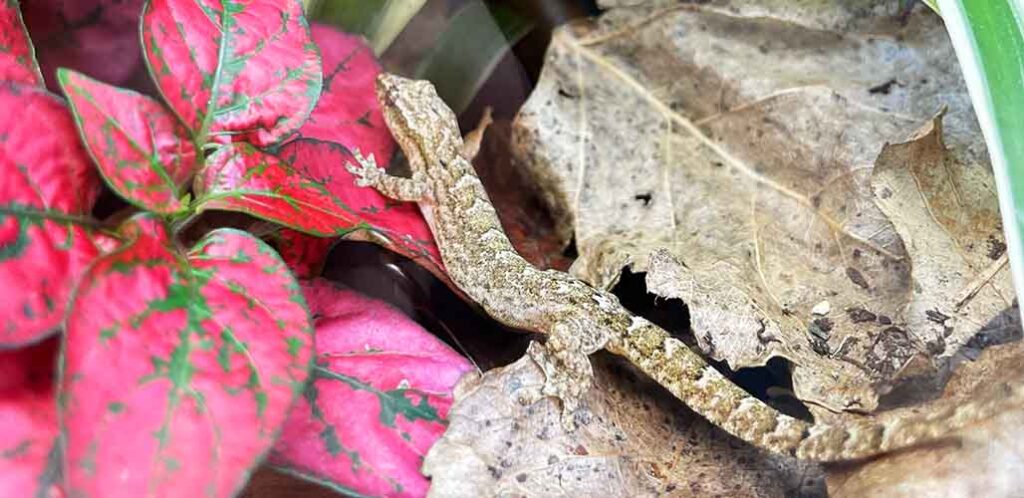
UVA Lighting
UVA lighting, distinct from UVB, can offer advantages to reptiles. UVA radiation plays a pivotal role in regulating reptiles’ circadian rhythms, impacting their behavior and overall health positively. Furthermore, UVA lighting can enhance the vibrant coloration of reptiles and stimulate their appetite.
LED Lighting
Another viable substitute for UVB lighting is LED lighting. LEDs provide a natural-looking spectrum akin to daylight, promoting the overall health and vitality of reptiles. Notably energy-efficient and long-lasting, LED lights prove to be a cost-effective choice for reptile enthusiasts.
FAQs
How much UVB do mourning geckos need?
Mourning geckos benefit from UVB lighting, but they don’t require high levels. A low to moderate UVB output, like a 5.0 or 2.0 fluorescent bulb, is sufficient for their needs.
Do mourning geckos need heat?
Yes, they do. Maintaining a basking area with temperatures between 82-85°F (28-29°C) and a cooler zone around 70-75°F (21-24°C) is essential for their health and metabolism. Heating can be provided using low-wattage incandescent bulbs. Nighttime temperatures can drop to around 65°F (18°C), so turning off heat lamps at night is advisable.
How Long Should Mourning Geckos be Exposed to UVB Lighting?
Mourning geckos should have access to UVB lighting for approximately 10-12 hours daily. A timer can help maintain this consistent lighting schedule.
How Can I Ensure Proper UVB Levels?
To ensure your geckos receive the right amount of UVB, consider using a UVB meter. These meters can be easily obtained at most pet stores and help you monitor UVB levels in the enclosure, ensuring your geckos get the adequate radiation they need for their well-being.
Final words
In conclusion, I’ve learned that while mourning geckos don’t necessarily require UVB lighting, it’s beneficial for their overall health. UVB helps them synthesize vitamin D3, vital for calcium absorption and bone health, and can improve their appetite and activity levels. Although they are primarily nocturnal, providing UVB lighting can help prevent metabolic bone disease, which is surprisingly common among mourning geckos kept without UVB. Therefore, I would recommend incorporating UVB lighting into their habitat to ensure their well-being and longevity.

